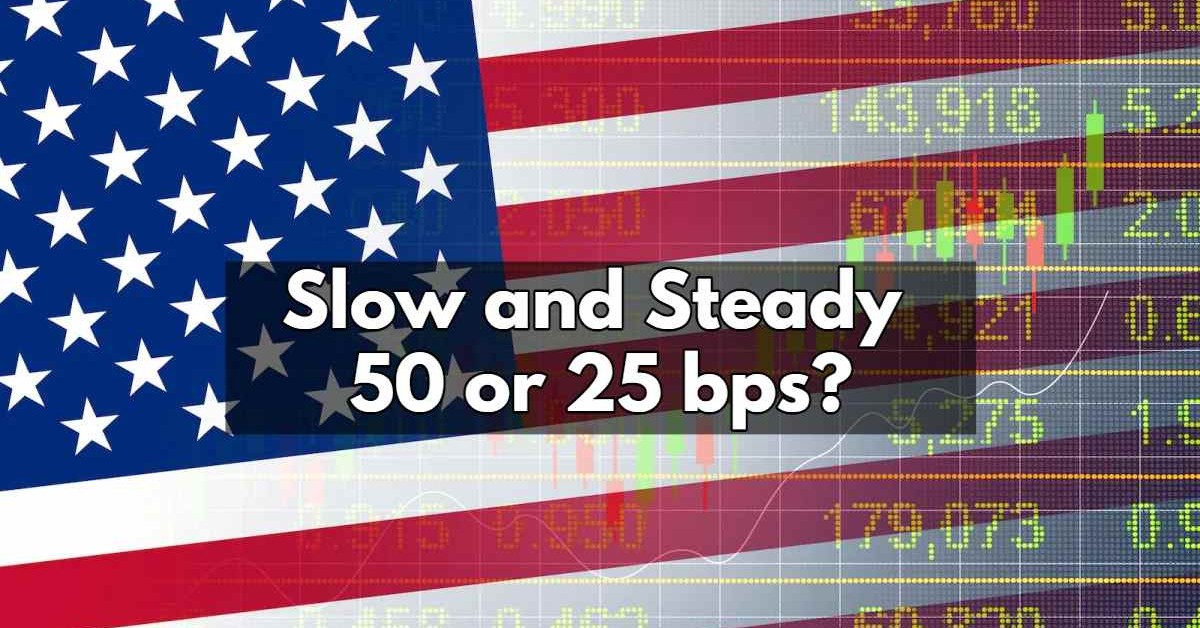Most market participants are looking for signs to understand what Fed is going to decide. Will they raise the rates by 50 basis points, then 25, and then end the rate hike cycle before it starts decreasing next year, or will they go for 25 bps, and the next steps will be waiting for market data to decide? Also, what is the Fed's target rates are another question that should be answered.
If we watch the Fed speakers, we may get some idea about that; however, market participants ignored them and their comments on Friday's close. Richmond Federal Reserve Bank President Thomas Barkin said on Friday that he expects the central bank to raise the Fed benchmark policy interest rate to the 5.5%-5.75% range, as "Inflation was, in fact, more persistent than many people are forecasting," Barkin added he does not expect the Fed to have started any rate cuts by March next year.
"It is not what I am hoping for, but I could certainly imagine it," he said. "I have hypothesized that now that we have gotten ourselves into restrictive territory, as we did last year, we have the opportunity to, I will call it, test and learn what happens to the demand, what happens to employment, what happens to inflation, as rates go up at a more gradual pace than they did last year.", however, it is "entirely possible" that inflation cools faster than he expects, which means a shallower rate path. We must wait more and see the impact of earlier decisions.
After these data and comments, US 10-year bond yields raised above 4% again, returned under 4%, and ended the week at 3.960%, helping the US stocks rise on Friday. However, it does not mean that the volatile market ended. In fact, we expect even more up and down during this month and before the Fed meeting on March 15-16, 2023.
This market uncertainty is also clearly visible in the technical chart. As shown in the SP500 daily chart, bears and bulls wander between 3,800 and 4,200. We have a pivot at 3,900, the first support sits at 3,800, and its strong resistance sits at 4,200.


















